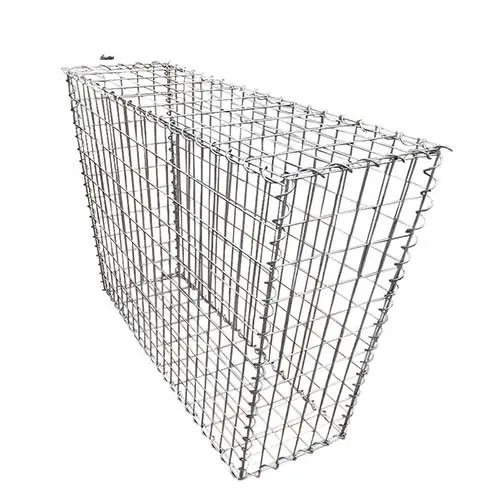-
 Phone:
Phone: -
 Email:
Email:

Exploring the History and Impact of Barbed Wire on Agriculture and Warfare
The Symbolism and Significance of Barbed Wire
Barbed wire, a simple yet poignant creation, is often overlooked in discussions about modern materials and inventions. Its origins date back to the late 19th century, specifically to the 1860s, when Joseph Glidden and others patented designs that would transform agricultural practices and redefine boundaries in the American West. This sturdy, practical wiring system, characterized by sharp protrusions or barbs, was initially intended to keep livestock contained, thereby aiding farmers in managing their lands. However, its journey from agricultural necessity to a symbol of confinement and division tells a compelling story about human society and the complex nature of barriers.
In its early applications, barbed wire represented progress and resourcefulness. It allowed for the efficient grazing of cattle and sheep, revolutionizing farming techniques and supporting the burgeoning agricultural economy of the United States. Farmers who previously struggled with loose livestock now found containment easier, allowing their operations to flourish. The wire was celebrated as a tool of empowerment, enabling farmers to stake their claims in the vast, open landscapes of America. In this light, barbed wire served as a representation of freedom—a means for individuals to carve out their spaces and define their identities amidst the expanding frontier.
However, as with many inventions, barbed wire quickly transcended its original purpose. As the frontier closed and societal structures hardened, barbed wire became emblematic of division and control. It was used to construct fences around properties, delineating borders both physical and metaphorical. The very object that once signified autonomy and progress morphed into a tool for exclusion and segregation. This duality of barbed wire—serving both as a facilitator of independence and a means of restriction—highlights the complexities of human intent and societal dynamics.
barbed wire

The use of barbed wire during wars significantly shifted its symbolism. In World War I, it became a defensive mechanism in trench warfare, representing the harsh realities of conflict and the lengths to which nations would go to protect their interests. The sight of barbed wire often connoted danger, strife, and the painful divisions wrought by warfare. It became a stark reminder of the lives lost and the sacrifices made amid the chaotic throes of human ambition and conflict. Photographs from this era show soldiers navigating the treacherous obstacles of barbed wire enclosures, embodying the sacrifices and turmoil that accompany armed struggle.
Furthermore, in contemporary times, barbed wire has become increasingly associated with human rights violations and the refugee crisis. Various countries have employed barbed wire to fortify borders, creating physical barriers meant to deter migrants and refugees. This use highlights the darker side of humanity—the tendency to isolate and marginalize those perceived as Other. As a barrier to freedom, barbed wire takes on a new, harsh connotation, rendering it a symbol of despair and hopelessness for countless individuals seeking safety and a better life. Its presence at borders raises ethical questions about compassion, empathy, and the responsibility of nations toward one another.
In conclusion, barbed wire is more than just a functional tool; it carries significant weight in its various connotations. From representing the spirit of innovation and agriculture to symbolizing conflict and division, it embodies the complexities of human society. While it once served to aid farmers in cultivating their lands, it has evolved into an emblem of confinement and control, perpetuating cycles of separation. In a world riddled with social and political divisions, barbed wire serves as a powerful reminder of the barriers we construct both physically and philosophically. As history has shown, the lines we draw can often both protect and imprison us, challenging us to reconsider how we approach boundaries in our lives and our communities.
-
Wire Mesh for Every Need: A Practical SolutionNewsJul.25,2025
-
Steel Fences: Durable, Secure, and Stylish OptionsNewsJul.25,2025
-
Roll Top Fencing: A Smart Solution for Safety and SecurityNewsJul.25,2025
-
Cattle Farm Fencing Solutions for Maximum SecurityNewsJul.25,2025
-
Affordable Iron Binding Wire SolutionsNewsJul.25,2025
-
Affordable Galvanized Wire SolutionsNewsJul.25,2025
-
Wire Hanger Recycling IdeasNewsJul.25,2025








